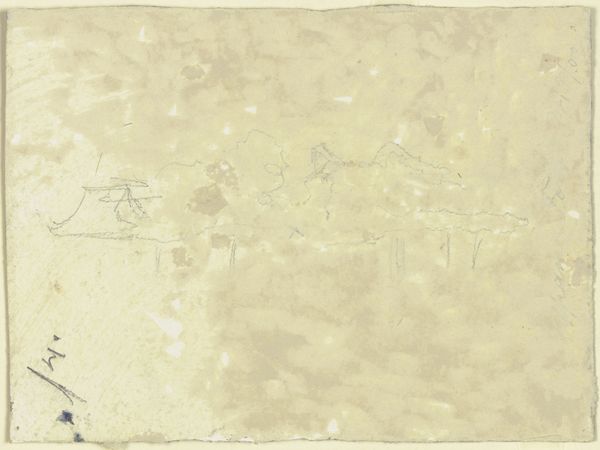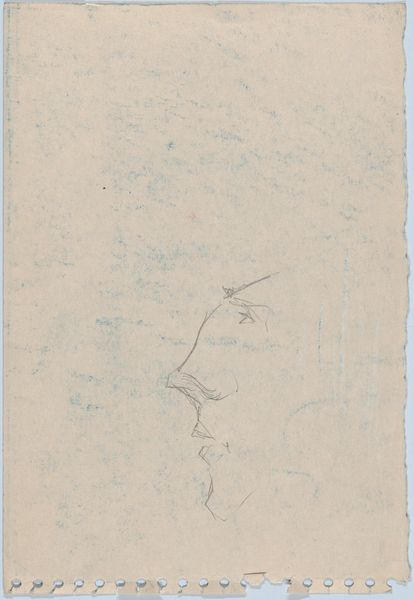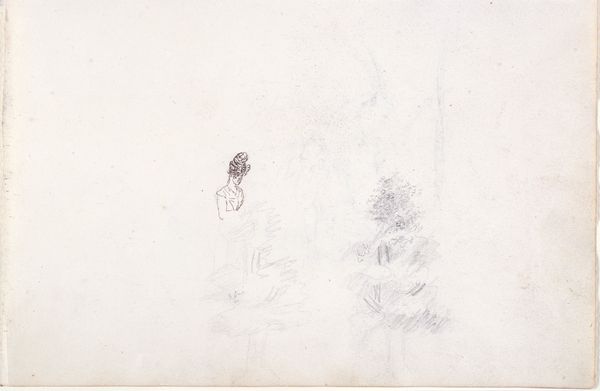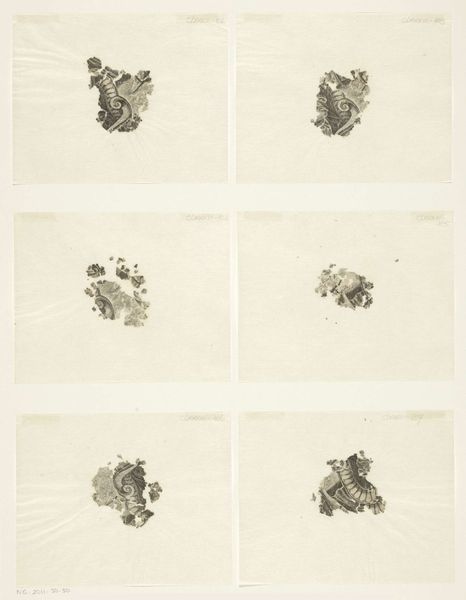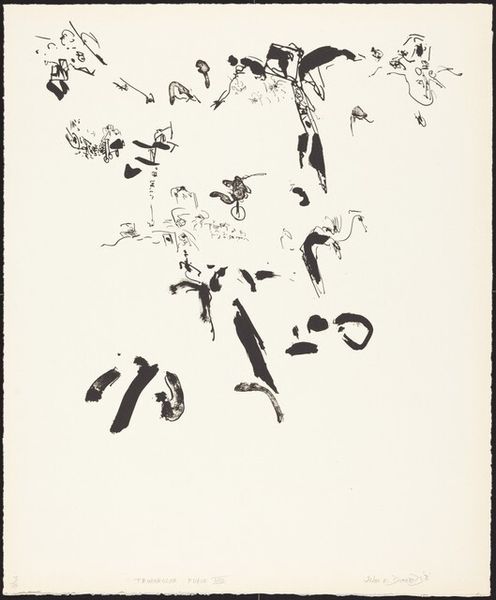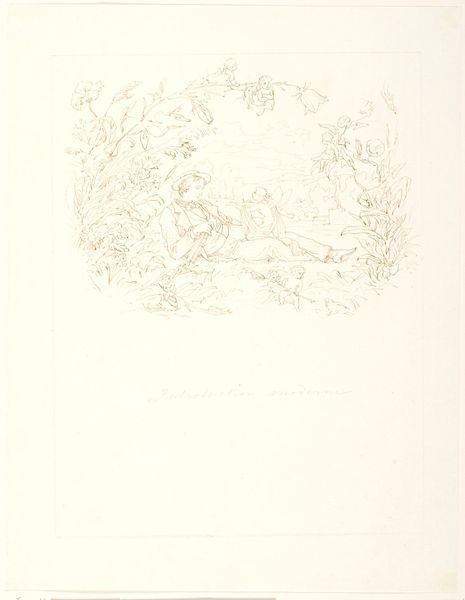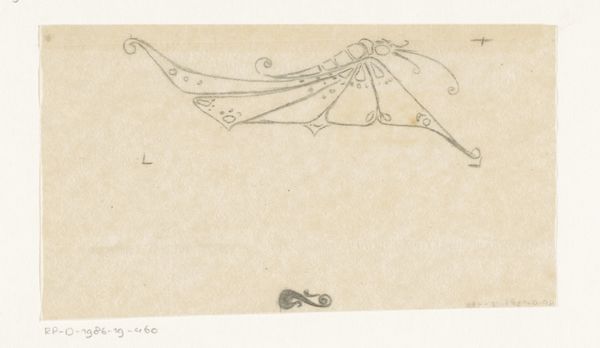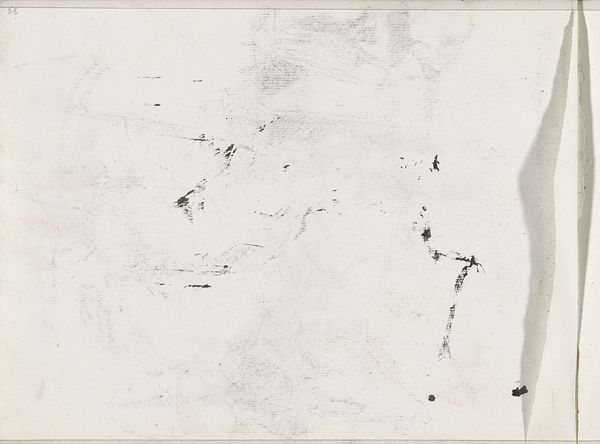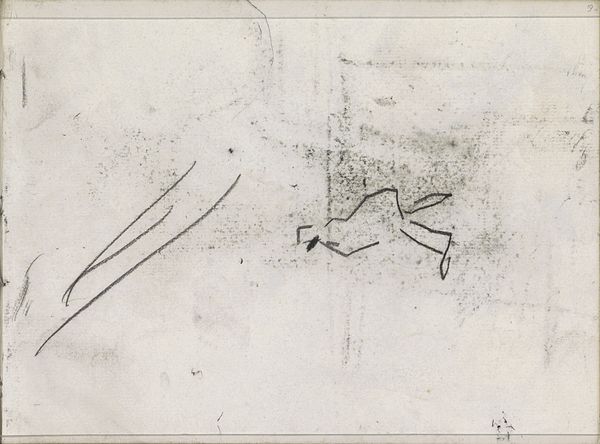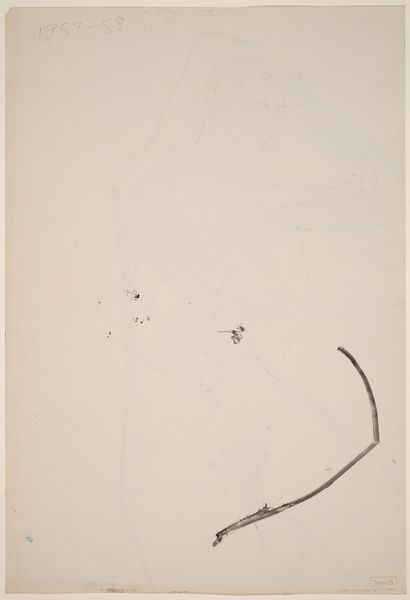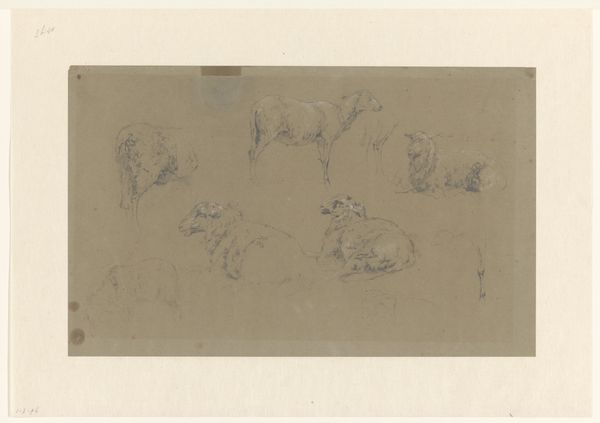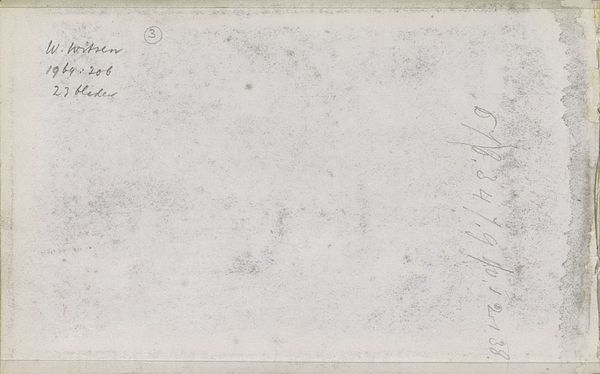
drawing, paper, ink
#
drawing
#
paper
#
ink
#
geometric
#
abstraction
#
line
Copyright: Roni Horn,Fair Use
Curator: Roni Horn’s drawing, "Were 12," created in 2004, offers an intriguing study in form. The piece, executed with ink on paper, features minimalist abstract markings. Editor: My first impression is quietude. The sparse composition and the delicate, almost hesitant lines create a sense of vulnerability, of something just barely there. Curator: That quietude resonates with Horn's wider project of examining the subtleties of perception. We might consider her repeated investigations into identity through doubling and mirroring, techniques relevant to "Were 12," where two clusters mirror, yet deviate from one another. Her art engages with feminist and queer theory, so consider, too, how notions of binary opposition inform identity. Editor: Absolutely. Viewing it through the lens of cultural history, I’m struck by how the scale and the sparseness of the drawing challenge traditional notions of what constitutes a finished artwork. In what context did it emerge and what were the prevailing artistic movements influencing such minimalist approaches? Did socio-political unrest impact its presentation in gallery spaces, leading to quieter and more thoughtful curation? Curator: Horn’s art frequently considers institutional spaces, often provoking commentary regarding traditional patriarchal authority structures and power dynamics. We must view this against an increasing demand, at the time of creation, to reconsider art spaces and canonical approaches to curatorial work. I ask myself, can we imagine “Were 12” outside of an elite art institution? Or is it only within a powerful art space, like the Tate, where such subversive quiet is permitted and indeed valued? Editor: It certainly invites questions about value and viewership. As for technique, notice how the transparency of the paper subtly reveals the drawing’s construction, including what seems to be residual tracing from a previous form. Do you believe that reveals Horn’s process? Does this hint to the nature of iterative practice? Curator: Definitely, her interest in multiplicity emerges through process itself. The traces also function conceptually, pointing towards layers of history and memory embedded within. Perhaps, by alluding to its own creation, “Were 12” questions the status of an art object. Editor: I’m left pondering the subtle ways artworks—like Horn’s drawing— quietly intervene and redirect established conventions. Curator: And I will remember this art for its persistent commentary regarding marginalized cultural positions, quietly disrupting how the powerful continue to perceive identity.
Comments
No comments
Be the first to comment and join the conversation on the ultimate creative platform.


